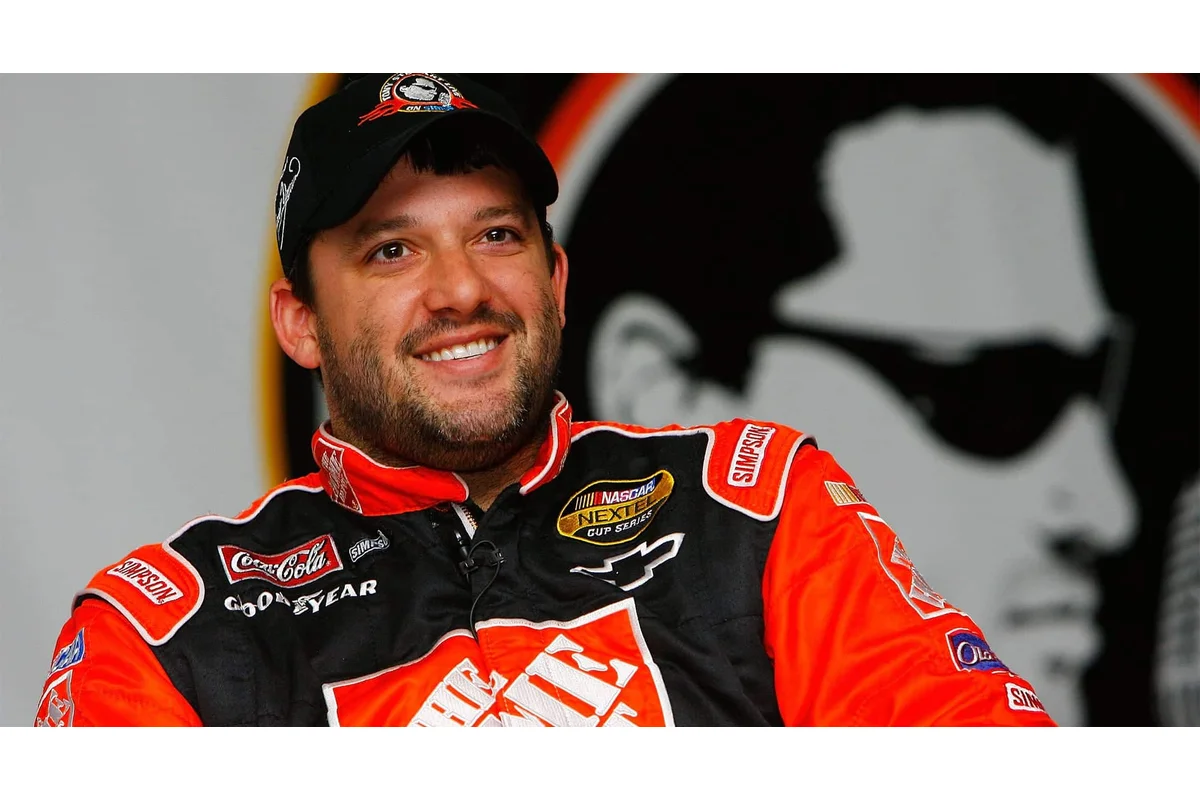Tony Stewart openly expressed frustration over the disregard of driver perspectives by NASCAR leadership during a critical meeting between competitors and the sanctioning body, bringing sharp Tony Stewart NASCAR criticism into focus. Stewart, joined by fellow grid drivers, felt their efforts to improve the sport were dismissed, raising questions about the influence of racers in key decisions.
In 2018, Tony Stewart, a former NASCAR Cup Series champion and longtime team owner, met with racing veteran Kyle Petty to discuss past attempts to shape stock car racing’s future. Recalling a major sit-down between 20 drivers and NASCAR’s chief executive, Stewart detailed how efforts to suggest changes were abruptly rejected. According to Stewart, the chief—who came from an auto industry background rather than competition—rejected driver input, saying their ideas were completely at odds with his plans for the sport.
“I remember 20 of us drivers went about five years ago, maybe six years ago, and sat with NASCAR and said, These are the things that we think will help make the sport better. And a person in NASCAR that I won’t name sat there and looked me square in the eye and said that everything that we were talking about and what I was saying was 180 degrees backwards from what they thought was going to fix it.”
– Tony Stewart, Former NASCAR Cup Series Champion
“And that’s kind of when I was like, we’re in bad shape; we’re in trouble. Having somebody like this guy that’s changing the direction of what’s going to happen,” he added.
– Tony Stewart, Former NASCAR Cup Series Champion
Stewart’s outburst stemmed from deep concern: he emphasized the lack of racing experience among NASCAR’s most influential decision-makers. These remarks signaled Stewart’s growing disillusionment with the organization’s direction and highlighted a divide between competitors and top officials.
Following these frustrations, Tony Stewart decided to retire from full-time stock car racing in 2016. Over his 18 years on the track, Stewart compiled 49 race wins, 187 finishes within the top five, and 308 top-ten results from 618 starts. He also recorded 15 pole positions and led more than twelve thousand laps, ending his Cup Series run with an average finish position of roughly 14th.
Tony Stewart Discusses Contrasts Between NASCAR and NHRA Competition
In a later interview on Kevin Harvick’s Happy Hour podcast, Stewart explained the differences he has experienced since entering the NHRA Series. He described how the structure and unpredictability of drag racing sharply contrast with his lengthy NASCAR career.
Stewart noted that the two disciplines have radically different race formats. While NASCAR events often last several hours with hundreds of laps and multiple pit stops, NHRA drag races can conclude in a matter of seconds. Stewart pointed out the urgency and heightened pressure of drag racing, where even a small mistake leaves no time for recovery—a stark comparison to the longer, strategic battles of stock car events.
“It’s not like what you and I were used to, where we’ve got a three-and-a-half-hour race. We’ve got six or eight pit stops during the day, and we have three, four, or five hundred laps to get the job done. If we make a mistake, we’re going to fix it.”
– Tony Stewart, Former NASCAR Cup Series Champion
Stewart concluded that in stock car racing, success is based roughly 70 percent on driver skill and the remainder on the crew’s preparation. In NHRA drag racing, he believes that the machine and engine setup are even more critical. He also observed the physical demands of both series, noting that drag racers wear suits weighing about ten pounds more than those used in NASCAR, increasing their challenge.
The candid views of Tony Stewart, alongside the experiences of other grid drivers such as Kyle Petty, intensify ongoing debates about NASCAR’s engagement with competitor feedback. As leadership continues to evolve and as former drivers voice their Tony Stewart NASCAR criticism, the sport faces ongoing scrutiny about how it incorporates those who have spent years on track into its future direction. Stewart’s own transition to the NHRA Series signals not only a personal career shift but reflects wider tensions within the racing community over the voices shaping competition.
Watching this in 2018, rattled me but I thought at the time, "Surely it can't be THAT bad. There have to be some safeguards in place to keep the train on the tracks."
And now those texts have confirmed: there were no safeguards and the tracks got ripped up years ago. https://t.co/GTdHfNphcN
— S1apSh0es (@S1apSh0es) November 23, 2025
